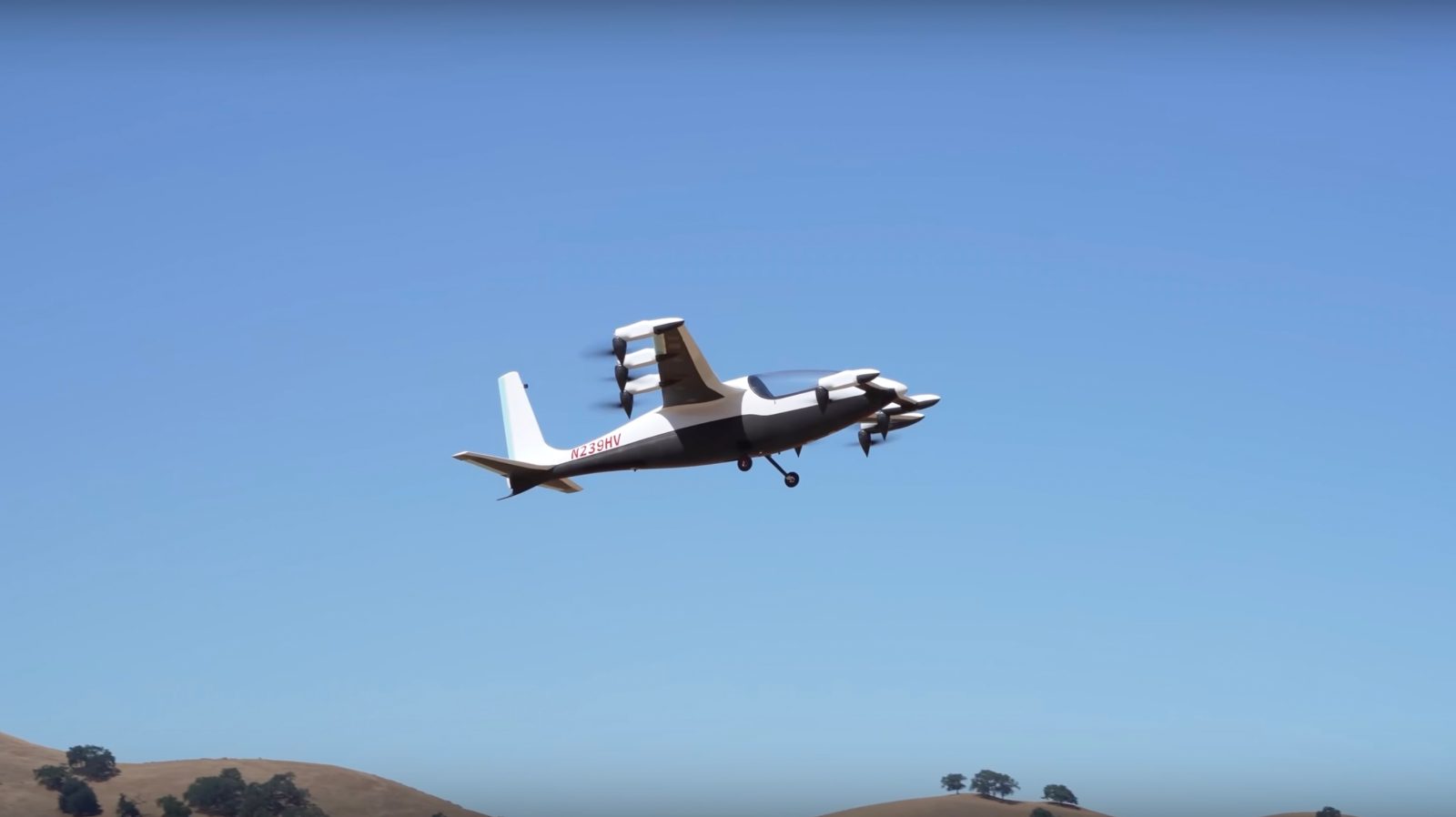
Pioneering advanced air mobility (AAM) aircraft company Kittyhawk has announced it is terminating operations, bringing to a close efforts to develop next-generation electric aircraft that Google cofounder Larry Page launched in 2010.
The rather secretive Kittyhawk habitually held its AAM research and activity cards close to its chest, and the announcement it was moving to close shop was similarly laconic. In posts to social media, the company declared, “We have made the decision to wind down Kittyhawk,” adding it is “still working on the details of what’s next.” That left sector observers hanging to speculate why the move had been made, and what will become of the company’s staff.
There are a few credible guesses for what motivated the decision, with at least one report indicating it may not have come as abruptly as it appeared.
A leading theory is that Kittyhawk’s AAM aircraft projects had been eclipsed by the rapid progress of autonomous air taxi developer Wisk Aero, which the company launched in 2019 in a joint venture with Boeing. Wisk’s relatively swift advance toward certification and subsequent production began with it inheriting a two-seat electric takeoff and landing prototype called Cora from Kittyhawk.
Cora has been at the heart of Wisk’s work to manufacture and market air taxis, which received an additional $450 million boost from Boeing in January. Work on that has come along quickly enough that Wisk and Boeing revealed their operational roadmap for integrating urban air mobility flights into airspaces just hours before Kittyhawk made its announcement.
Indeed, the timing of its backer’s statement led Wisk to make a reassuring statement about its own activities..
“Today’s news does not impact Wisk,” it said in a tweet after Kitty Hawk’s posts. “We remain in a strong financial position, with both @Boeing and @kittyhawkcorp as investors.”
There’s also conjecture, meanwhile, that in spite of its early presence in AAM craft activities, Kittyhawk had been overtaken by the crowd of fast-moving air taxi developers that has cropped up in recent years. In addition to its own Wisk creation, those include Joby, Archer, Volocopter, Vertical Aerospace, Eve Mobility, and others.
At the same time, Kittyhawk’s own work on AAM craft may have evolved to a point where top officials had trouble seeing where to go next. The company’s early Flyer personal use flying car was abandoned in 2020 – after building 111 of the craft and logging 25,000 flights – to concentrate on the long-flying Heaviside plane.
Read: Wisk and Boeing unveil UAM operational roadmap for future air taxis
According to one report, that program, too, had been dropped after Page shifted his involvement with Kittyhawk from AAM aircraft development and production to research activities – an evolution that may have led to Wednesday’s announcement.
In addition to continued backing of Wisk, Page is a major backer of Canadian company Opener’s work to produce flying cars.
FTC: We use income earning auto affiliate links. More.


Comments